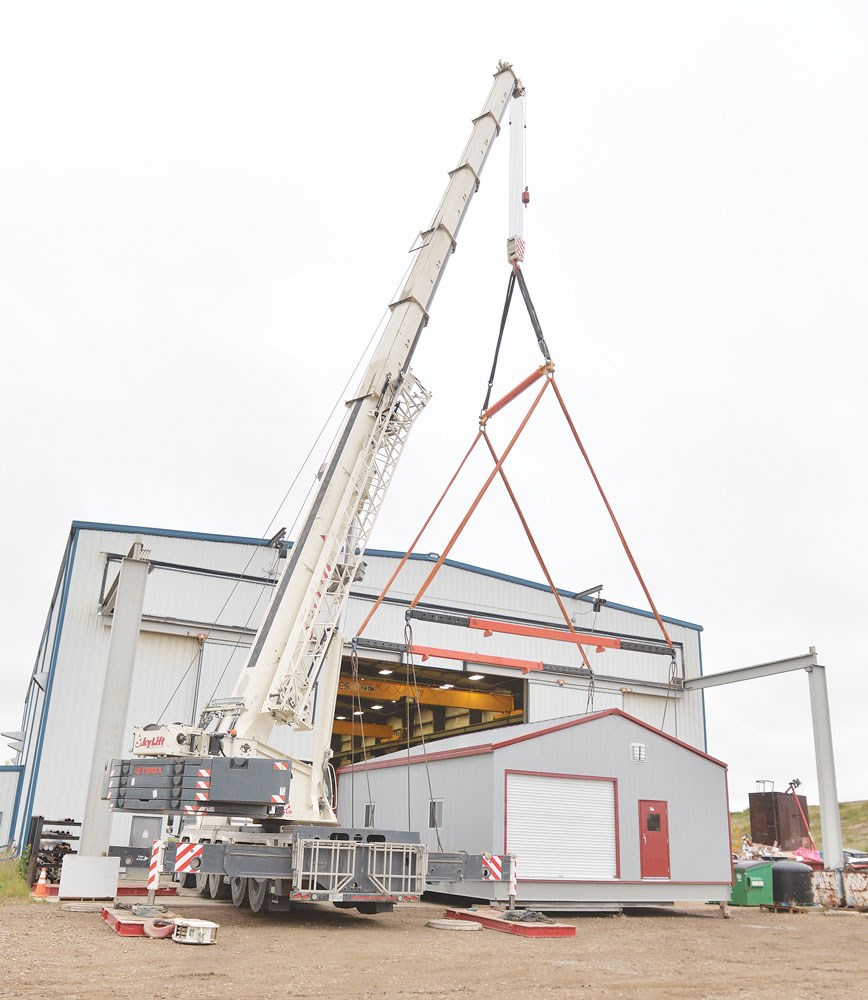The Government of Saskatchewan announced a program on Dec. 5 designed to improve the petroleum industry’s long-term operating environment, sustain jobs, and increase investment activity in the province.
The Waterflood Development Program will incentivize the conversion of producing wells into waterflood injection wells or the drilling of new dedicated waterflood injection wells. At maximum uptake, the program will support $375 million in new investment over the next five years and 500 new permanent jobs.
Over 10 years, the program will lead to an estimated $245 million in new provincial royalties. The program will also enhance the competitiveness of Saskatchewan’s energy industry by facilitating an economically sustainable increase of production capacity by an estimated 72 million barrels over the course of the next 35 years.
“Waterflooding is a proven enhanced oil recovery strategy that is good for sustainability and good for the environment,” Energy and Resources Minister Bronwyn Eyre said. “In the face of a rapidly changing global market, Saskatchewan is addressing competitiveness by supporting our province’s largest economic sector with a cost-effective policy that encourages long-term capital investment.”
Waterflooding is a secondary recovery oil production technique that re-pressurizes an oil reservoir to boost total oil recovery from the reservoir. The Waterflood Development Program promotes good production practices and better reservoir management, the government said in a release.
“On behalf of the members of Energy Producers Association of Canada, it is a pleasure to support the good work of the Government of Saskatchewan,” Energy Producers Association of Canada President Tristan Goodman said. “Waterflooding is an important long-term reservoir management strategy that improves oil recovery. Given the current challenges facing the Western Canadian oil industry, initiatives such as this will assist the sector over the next few years.”
Provincial petroleum producers are currently beset with challenges that go beyond traditional commodity market cycles. These range from critical limitations on pipeline access to global markets, carbon taxes and an uncertain multi-year overhaul of federal requirements regarding project impact assessment, such as Bill C-69.
The government said Saskatchewan continues to be a preferred jurisdiction for investment by global conventional oil producers and the number two oil producer in Canada. The oil and gas industry accounts for an estimated 15 per cent of Saskatchewan’s total real gross domestic product and supports approximately 35,000 direct and indirect jobs.




